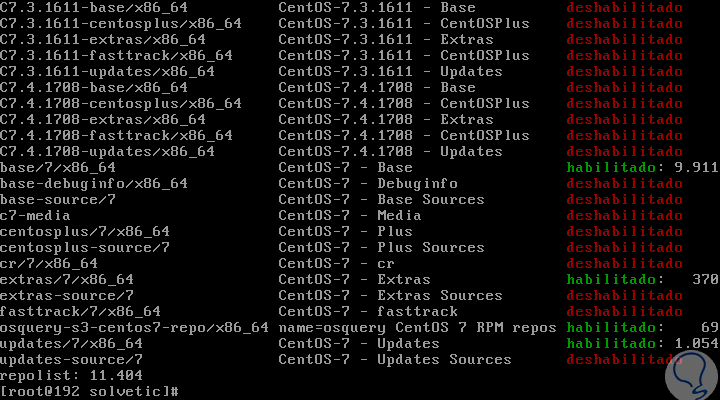

The command " yum repolist" will display all enabled repositories. This example was taken from a CentOS 8 system. Yum is now a symbolic link that points to "dnf". The above command is used to display the currently installed version of the yum package manager. Installed: dnf-0:4.2. at Mon 13:25:49 GMTīuilt : CentOS Buildsys at Tue 18:52:03 GMT Below are some of the common uses for yum: Display YUM Version However, yum has many more functions that can be carried out. The most common functions used within Yum are the " install", " erase", " update", " list" and " search". Yum also handles all dependencies and pre-requisites. Yum offers a simple to use interface for the updating, and removal of packages. However, yum is being phased out and being replaced with the " DNF" package manager. Distributions such as CentOS and Fedora use Yum. Yum was originally created to manage Red Hat Enterprise Linux systems, however many other popular distributions now use this tool as the command line package manager of choice.

YUM (originally known as Yellowdog Updater Modified) is a command line package manager for use with rpm based Linux distributions.


 0 kommentar(er)
0 kommentar(er)
